The Soviets began their occupation of Czechoslovakia in 1948, installing a political stooge to run the country. Taking his cue from Lenin's cult of personality, an unhealthy Klement Gottwald turned the basement of the fortress-like monument, built to honor World War I veterans, into a climate-controlled mausoleum.
After his death in 1953 (he caught a chill at Stalin's funeral), embalmers kept Gottwald's body looking lifelike, cranking it up and down for daily display in a marble and mosaic room on the first floor. I can't imagine too many Czechs made the trek up the steep hill to view it.
Sharpshooters guarded his body.
After the fall of communism, the Czechs repatriated Gottwald's remains but left his marble coffin in place.
The Czechs repurposed this equally imposing Tomb of the Unknown Soldier, completed during the Soviet occupation, to honor world war losses.
The lone guard, no doubt bored out of his mind, said "sýr."
The Communists planned to bury the cremains of party members in a columbarium behind this mural.
Another section of the museum pays tribute to Czechs who protested Communist rule. After the Soviets put down a pro-democracy movement in the late sixties, Jan Palach, a local history student, set himself on fire in Wenceslas Square to call attention to their continued tyranny.
Other Czechs imprisoned by the Soviets passed the time playing chess with pieces they made from bread.
A friendly guard took me up to the museum's roof.
I took the gorgeous staircase down.

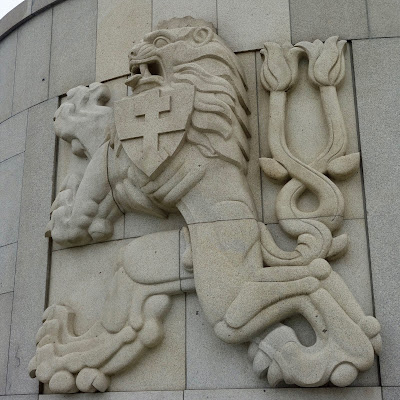














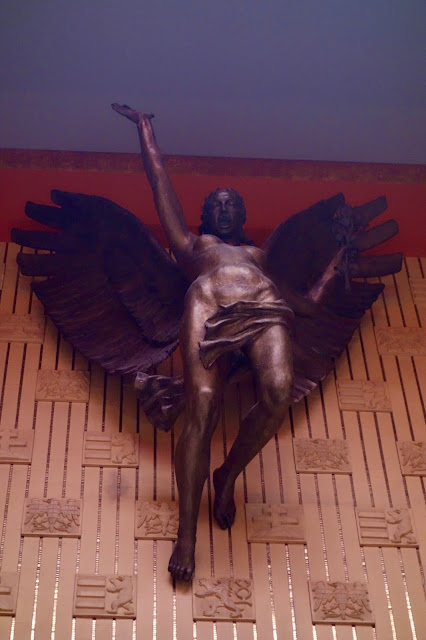
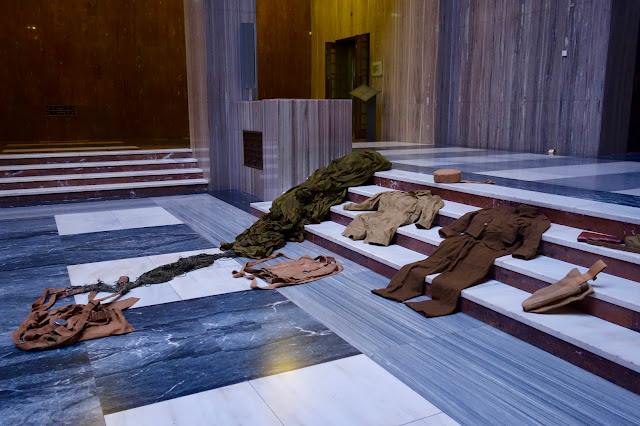





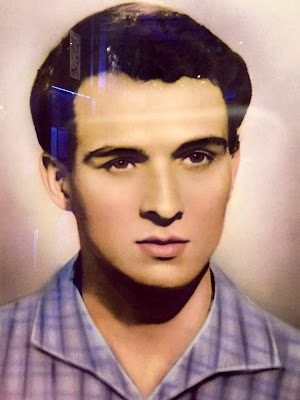



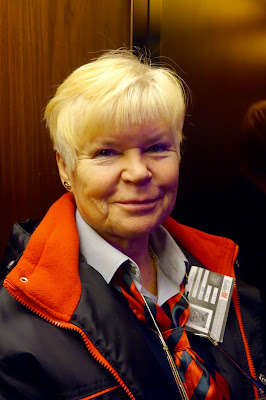


No comments:
Post a Comment